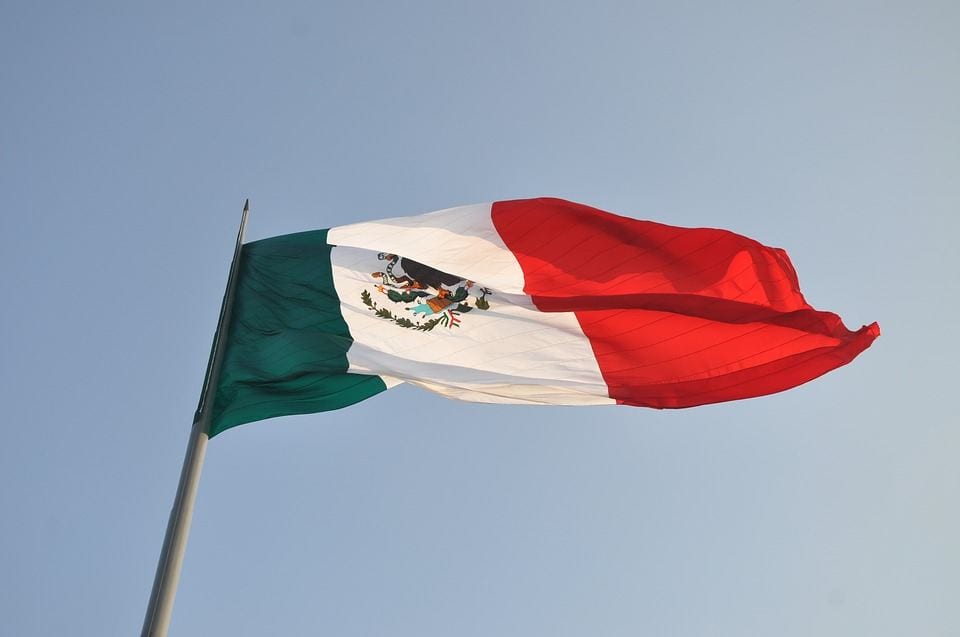By Dr Yadira Ixchel Martínez Pantoja
Yadira Ixchel Martínez Pantoja investigates whether New Zealand’s relationship with Mexico has been neglected.
Mexico and New Zealand’s bilateral relationship is relatively young with only 45 years of diplomatic relations. This relationship has been incipient in terms of trade, tourism, academic and cultural exchange, scientific and technological cooperation, and has been friendly all these decades, but neglected.
As a way to foster the friendship between New Zealand and Mexico, on August 1983 both countries signed an agreement on scientific and technological cooperation to promote and cooperate in scientific exchanges including people, equipment, and common projects. On November 2006, both countries signed in Hanoi, Vietnam, an agreement for the prevention of tax evasion. In 2015, the relationship starts to warm up further with a visit by then-Deputy Prime Minister Bill English to Mexico to pursue a closer bilateral cooperation. Later in 2016, the first official state visit was undertaken by the former Prime Minister John Key who met President Enrique Peña Nieto, signalling the importance that Mexico represents to New Zealand, especially in the frame of the Trans-Pacific Partnership (TPP) free trade deal.
Since 2017, New Zealand started showing more interest towards Mexico. On February 2017, Trade Minister Todd McClay visited Mexico and met his counterpart, Secretary of Economy Ildefonso Guajardo. On July 2018, the president of the Mexican Senate, Ernesto Cordero, visited the New Zealand Parliament and was received by the acting Prime Minister Winston Peters whereas the Minister for Trade, David Parker, visited Mexico. On early August, Parliamentary Under-Secretary for Foreign Affairs Fletcher Tabuteau visited Mexico to advance New Zealand interests in Mexico. So, what are the current New Zealand interests in Mexico?
New Zealand is interested in crystalising the Comprehensive and Progressive Agreement for Trans-Pacific Partnership (CPTPP, the successor to TPP follow the United States’ withdrawal from the deal) and becoming an associate member of the Pacific Alliance. New Zealand and Mexico are highly interested in free trade and have a growing trade. Mexico is the largest market in Latin America for New Zealand products. In addition, Mexico was the first country signing the CPTPP and depositing the signed treaty in New Zealand premises. Mexico has a strategic geographic position in North America that converts this market into an export platform to the world because of the 46 free trade agreements that Mexico has already signed.
New Zealand has more business opportunities to win than threats to fear. By becoming an associate member of the Pacific Alliance, New Zealand not only gains access to Mexico’s 112 million consumers, but to 225 million consumers in a regional market with Chile, Colombia, and Peru, concentrating 50% of the Latin American trade with the world.
Similarly, for the Pacific Alliance countries, adding associate members means an opportunity to increase exports and diversify markets, products, and global value chains by accessing around 70 million potential consumers with high purchase power. The potential associate members include New Zealand, Australia, Canada, and Singapore. Although New Zealand is a small market compared with the other candidates to associate members, its inclusion means a closer relationship with a country that plays an important role in the South Pacific region.
New Zealand sees the Pacific Alliance as ‘a pathway to Latin America’ to promote education, tourism, energy, and cultural exchange. Furthermore, for New Zealand, the Pacific Alliance represents an opportunity to address issues important to the current government, such as climate change, gender equality, indigenous rights, and worker conditions.
By adding New Zealand to the Pacific Alliance, Mexico will get access to a market with only 4.5 million people and a diaspora of around 700 Mexicans. However, Mexico is not only interested in this market size, but in building a long-term relationship with New Zealand to cooperate closely on global issues and strengthen their position in multilateral organizations such as the United Nations, the World Trade Organisation, and the OECD. Although both countries have been aloof, New Zealand and Mexico have shared some important ideals on the international arena. For example, at the United Nations, both are promoters and states party of the Treaty on the Prohibition of Nuclear Weapons that was passed on July 2017.
More recently, with US President Donald Trump’s trade disputes with China and the uncertainty generated in the Asia-Pacific region, New Zealand has pursued more trade diversification than before. For a country highly oriented to exports, it is crucial to gain access to steady economic markets. Hence, Mexico has a stable economy and an emerging middle class who aspires to access to international products and services that not necessarily are American because of the anti-American sentiment ignited by Donald Trump. In my opinion, the New Zealand-Mexico relationship is more based on sharing values, such as nuclear disarmament, climate change, protection of the environment, and strengthening scientific cooperation, education exchange, and links rather than mere commerce.
Yadira Ixchel Martínez Pantoja has a Ph.D. in Politics and International Relations from the University of Auckland.
Disclaimer: The ideas expressed in this article reflect the author’s views and not necessarily the views of The Big Q.
You might also like:
Does the US Department of State promote GMOs in Mexico?

